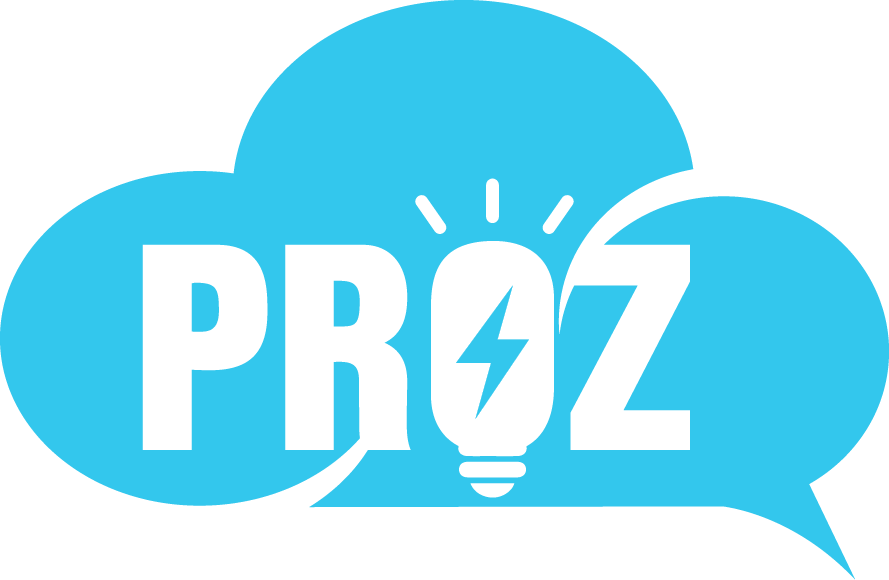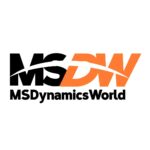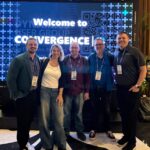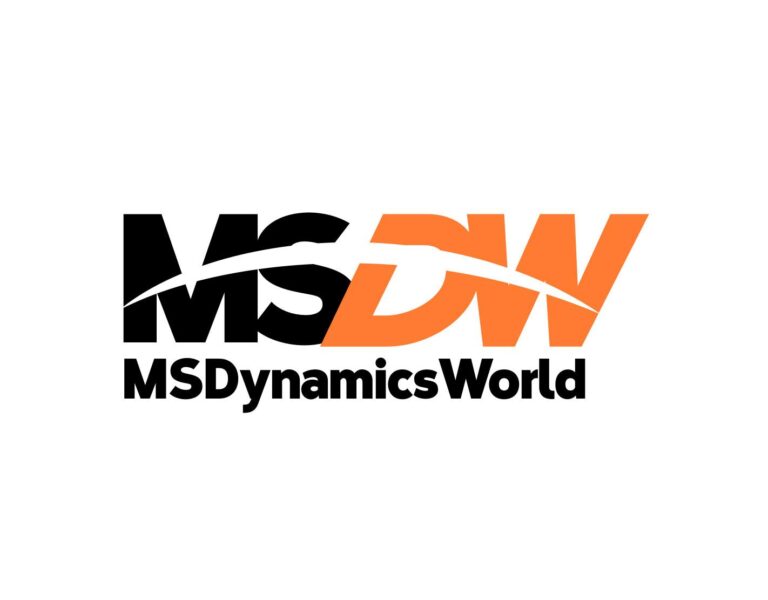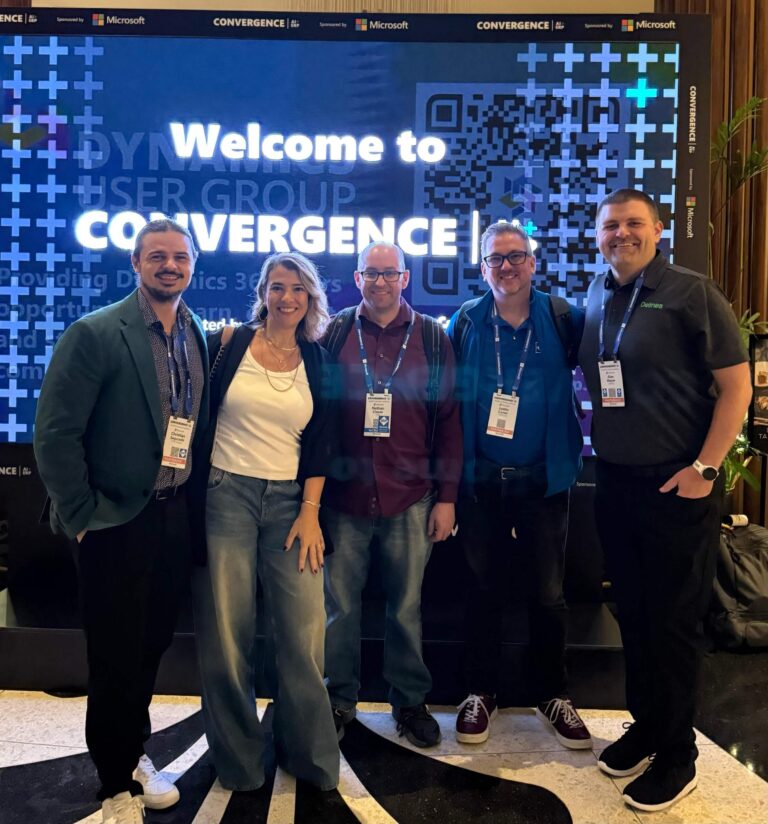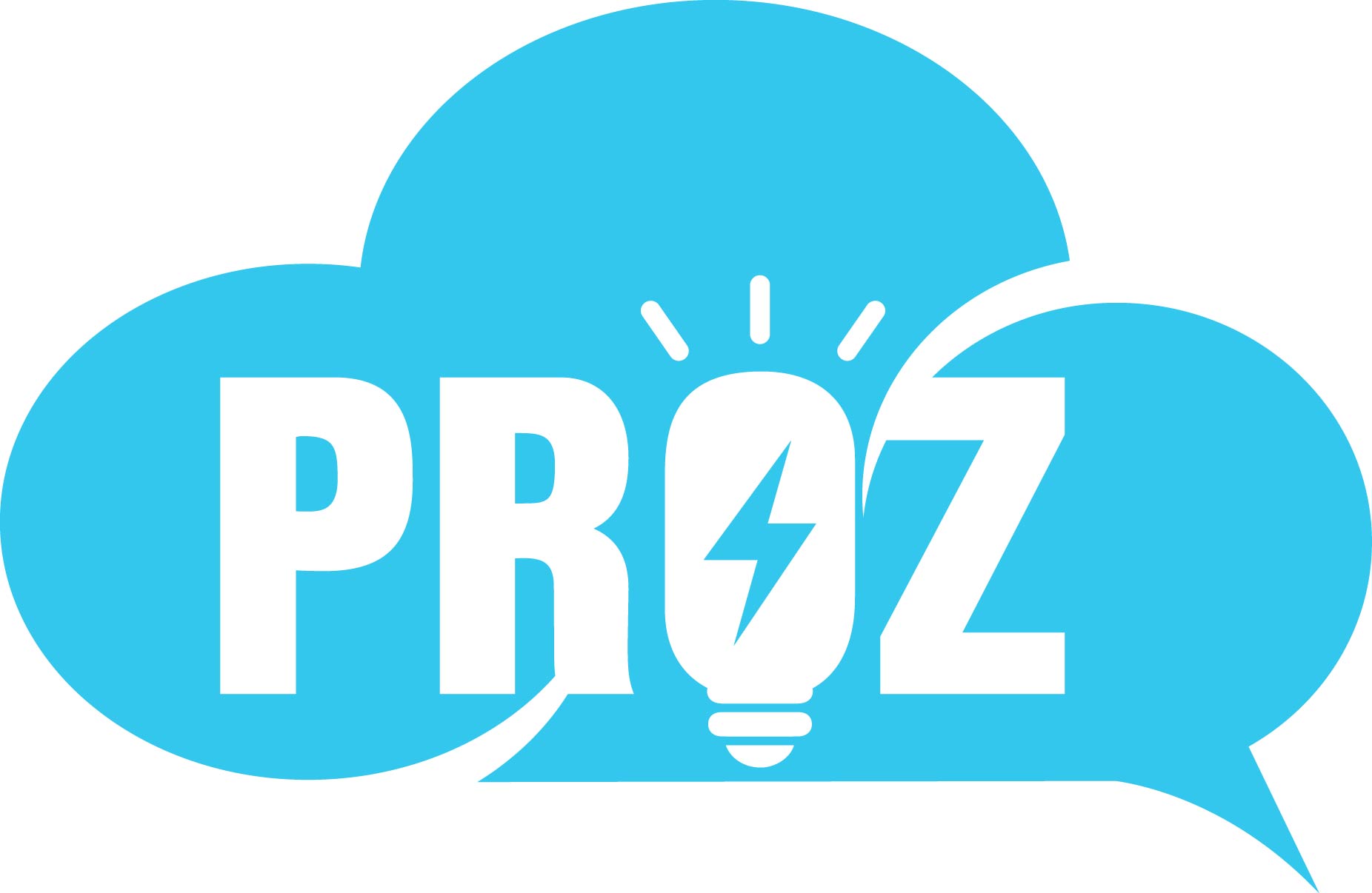Real estate firms cut administrative time by 30% when they build B2B and B2C portals using a Salesforce Development Company and Cloud infrastructure. Tenant satisfaction rises by 35% once renters submit tickets and pay rent online. Broker conversion rates rise up to 70% when agents access real-time listings and manage deals via portals. Over 2,000 real estate businesses use Experience Cloud portals to manage external user communities. These metrics show how Experience Cloud, properly executed, supports both operational efficiency and client engagement.
Why Real Estate Firms Use Experience Cloud
Experience Cloud consolidates CRM data, broker workflows, client dashboards, and document portals into a unified interface. By integrating MLS feeds, accounting systems, ERP, and property management tools, firms eliminate manual coordination and data silos. MuleSoft or REST APIs bring external data into Salesforce objects, with live dashboards and intake forms reflecting real data.
The platform supports multiple license types, login‑based or member‑based letting firms tailor access to brokers, tenants, or investors. Security features like SSO, MFA, role-based sharing, and audit logs ensure controlled and compliant access across external user groups.
Portal Use Cases in Real Estate
Client portals allow buyers to search listings, schedule appointments, upload documents, and monitor transaction progress. Tenant portals support rent payments, ticket submission, lease download, and notice boards. Agent or broker portals enable deal registration, listing access, commission tracking, and lead dashboards. Investor portals offer performance analytics, investment update dashboards, and document download facilities.
Real estate firms often start with one portal type typically tenant or broker and expand to serve multiple audience segments using the same Salesforce org. This avoids duplicate development and ensures data consistency.
Technical Architecture and Integration
Data Integration
Portal data flows into Salesforce objects by integrating external systems such as MLS, ERP, listing platforms, and financial records using MuleSoft or REST interfaces. This enables portals to display current lease data, investment performance, and property availability in real time.
Security and Access Control
Admins set sharing rules and role hierarchies to restrict access by profile. Guest users and external license users get limited visibility. Firms enforce MFA and SSO and audit login and data access to prevent accidental exposures.
Custom UI with Lightning Web Components
Standard templates serve basic needs. For branded portals, most firms build Lightning Web Components (LWC) for features like calendars, dashboards, property searches, and document portals. Lightning Message Service syncs data across components without page reloads.
Mobile and Responsive Access
Experience Cloud sites work well in mobile browsers. For better performance and branding, some firms wrap portals into native apps using Salesforce Mobile Publisher, especially for field agents or frequent external users.
Also Read: Salesforce vs Custom CRM: Why Not Both? A Smart Approach to CRM Synergy
Real‑World Portal Examples and Metrics
REC Partner Portal
REC implemented a broker portal on Experience Cloud for reservation workflows and lead tracking. Agents registered deals in the portal, reducing data errors and speeding booking turnaround. The result: streamlined operations and better partner collaboration.
Large Property Marketplace
A leading property firm built a Commerce Cloud storefront and extended into Experience Cloud for agent and client use. They onboarded over 500 agents in one month. Property data sync from ERP systems like Yardi and Procore eliminated manual entry and improved data accuracy.
SkyRise Properties
Nawlabs delivered a unified platform including Sales Cloud, Service Cloud, Marketing Cloud, Tableau CRM, and an Experience Cloud broker portal. SkyRise saw a 60% reduction in sales time, a 75% increase in engagement, and lead qualification improved significantly with automated scoring.
More broadly, real estate implementations consistently deliver:
- Around 30% reduction in admin effort
- Tenant or broker satisfaction improvements near 35%
- Broker portal conversions up to 70%
- Enhanced data accuracy and reduced lost leads
Common Technical Challenges
License cost can become substantial. Login-based licensing costs roughly $2–$5 per user per month. Member-based or advanced license options may cost $35+ per user per month. For firms with many external users, annual licensing can reach $45K before custom development begins. Custom portal development with LWC increases complexity. Many firms opt to replace standard templates fully with LWC-based builds. This demands senior developers and raises maintenance needs especially when deployment requires advanced DevOps practices.
LWR-based site deployments often struggle without CI/CD tools. Teams without Salesforce DX or Copado report slow, manual CMS updates and increased release risk deployments may take many hours or require manual steps.
Best Practices for Technical Teams
Begin with a single user journey (e.g. tenant upload, agent deal submission). Deliver, test with real users, then iterate. Automate deployments using Salesforce DX or Copado. Treat metadata, CMS content, and mobile configurations as part of a CI/CD pipeline.
Review sharing sets, guest profile visibility, and login audit logs regularly. Monitor API usage and governor limits to maintain portal health. Optimize license assignment for example, use login-based access for occasional users and member-based licensing for frequent users. Reassess assignments quarterly to save costs.
Advanced Portal Features to Add Over Time
Successful firms layer in more capabilities over time:
- E-signature workflows with DocuSign or Conga to process lease or sale documents quickly, reducing turnaround time by over 85%.
- Einstein AI to score leads, surface high-potential clients, and recommend properties or next steps.
- Chatbot or knowledge-base modules to deflect common tenant or broker support questions.
- AR or VR property preview components embedded via LWC for virtual tours.
- Multilingual portal capabilities for firms operating in multiple regions.
Each new feature should align to a modular, scalable portal architecture.
The Role of a Salesforce Development Company
Partnering with a qualified Salesforce Development Company ensures the portal architecture is secure, scalable, and manageable. Such firms bring expertise in integration planning, component design, portal governance, and platform security.
They minimize technical debt by favoring declarative tools like Flow and metadata-driven components. They build structured CI/CD and release pipelines. They enforce impact analysis before deploying changes. They understand real estate workflows, from tenant ticketing to reservation flows to commission dashboards. That domain experience prevents misuse of licenses or flawed user journeys.
Conclusion
Real estate firms use Salesforce Experience Cloud to create branded portals for tenants, clients, brokers, and investors. These portals centralize CRM data, automate key workflows, and support publishable dashboards. Firms deliver measurable value: 30% reduced manual effort, up to 70% improved conversions, and ~35% user satisfaction gains.
Case studies like REC, SkyRise Properties, and marketplace deployments confirm these benefits. Key technical success factors include secure data access, LWC-based UI, efficient integration, analytics, and license planning.
A strong partner, ideally a Salesforce Development Company, ensures portal architecture is robust and scalable. Through careful onboarding, iterative build cycles, and modular component design, Experience Cloud becomes a transformative platform for modern real estate operations.
